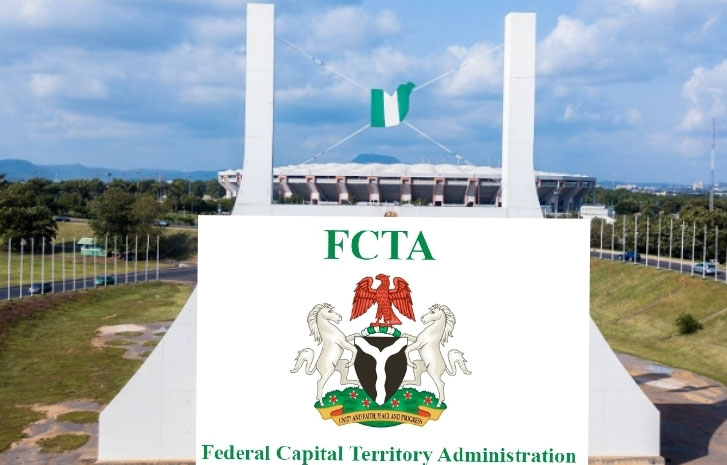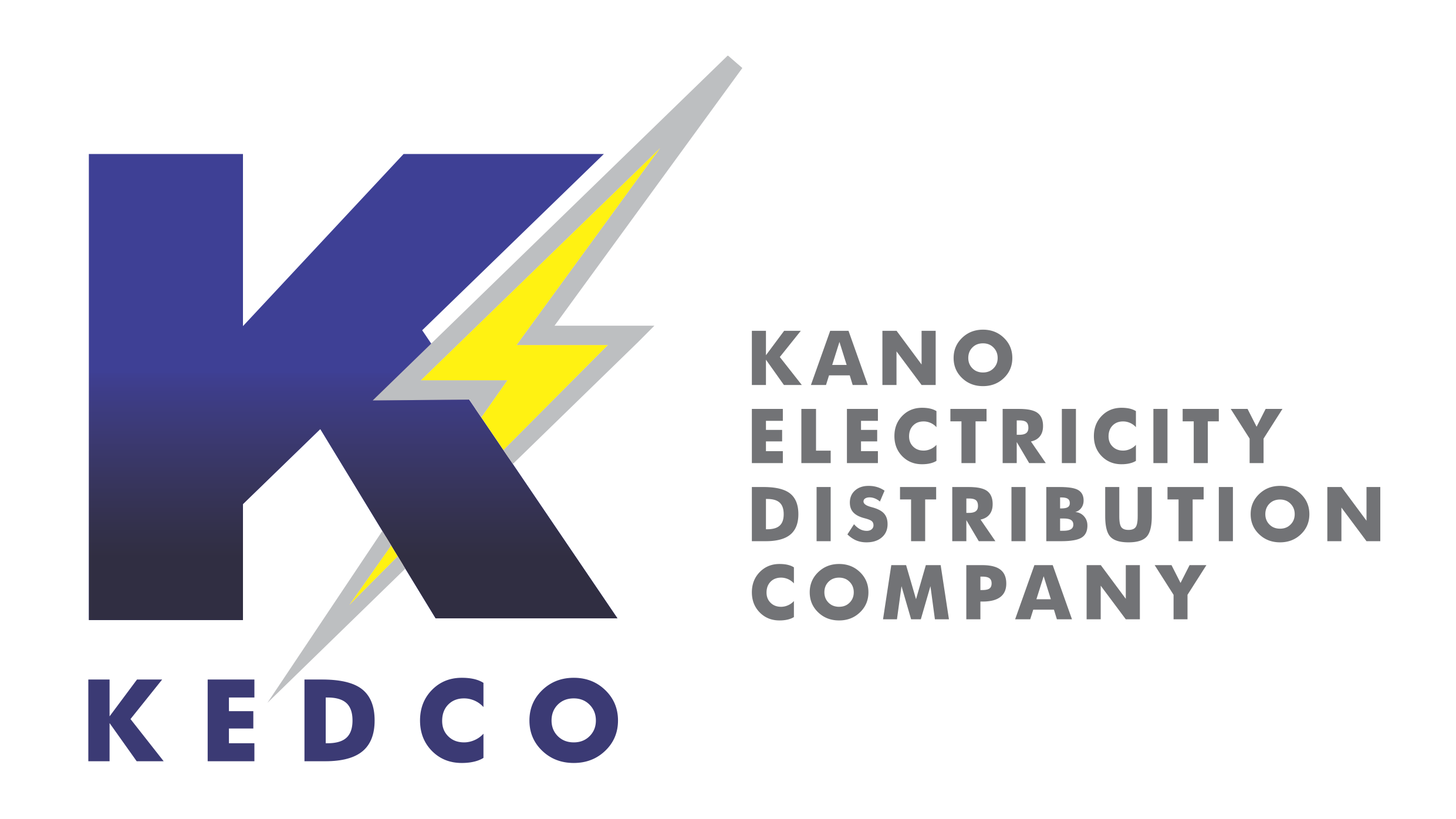Canada Recession Concerns Detailed

Canada is facing a potential recession due to escalating global trade tensions and slowing economic growth. Traditional indicators, such as declining GDP and rising unemployment, are raising concerns. The C.D. Howe Institute defines a recession as a "pronounced, persistent, and pervasive decline in aggregate economic activity," typically marked by two consecutive quarters of declining GDP.
Forecasts suggest a possible downturn. Deloitte warns of weak GDP growth and falling investment. Oxford Economics projects only 0.7% growth in 2025, followed by a 0.2% contraction in 2026, driven by global trade shocks and reduced immigration. RBC anticipates a continued slowdown into 2026.
Canada’s job market is also under strain. As of April 2025, the unemployment rate rose to 6.9%, the highest since November 2023, leaving over 1.6 million Canadians unemployed. That month, the economy lost 30,000 jobs while adding only 7,400 new ones. The Bank of Canada has outlined scenarios where prolonged U.S. tariffs could trigger a year-long recession with GDP declining for four consecutive quarters.
Consumer sentiment presents a mixed signal. The Bloomberg-Nanos Canadian Confidence Index rebounded to 48.6 as of May 9, approaching the neutral 50-point threshold, attributed by Nik Nanos to the election of Prime Minister Mark Carney. However, some economists caution that this rebound may be temporary. Walid Hejazi of the University of Toronto notes that fear of a recession can itself drive a downturn by reducing consumer spending.
Economists are also monitoring unconventional indicators. These include the “lipstick effect” (increased spending on small luxuries), Greenspan’s “men’s underwear index” (declining underwear sales), the “cardboard box recession” (reduced demand for cardboard boxes), and the “Skyscraper Index” (construction of record-breaking skyscrapers preceding downturns).
The economic future remains uncertain. Isabelle Salle of the University of Ottawa notes that tariffs and uncertainty have exacerbated existing economic problems. The difficulty in assigning probabilities to different scenarios makes navigating the situation challenging.










